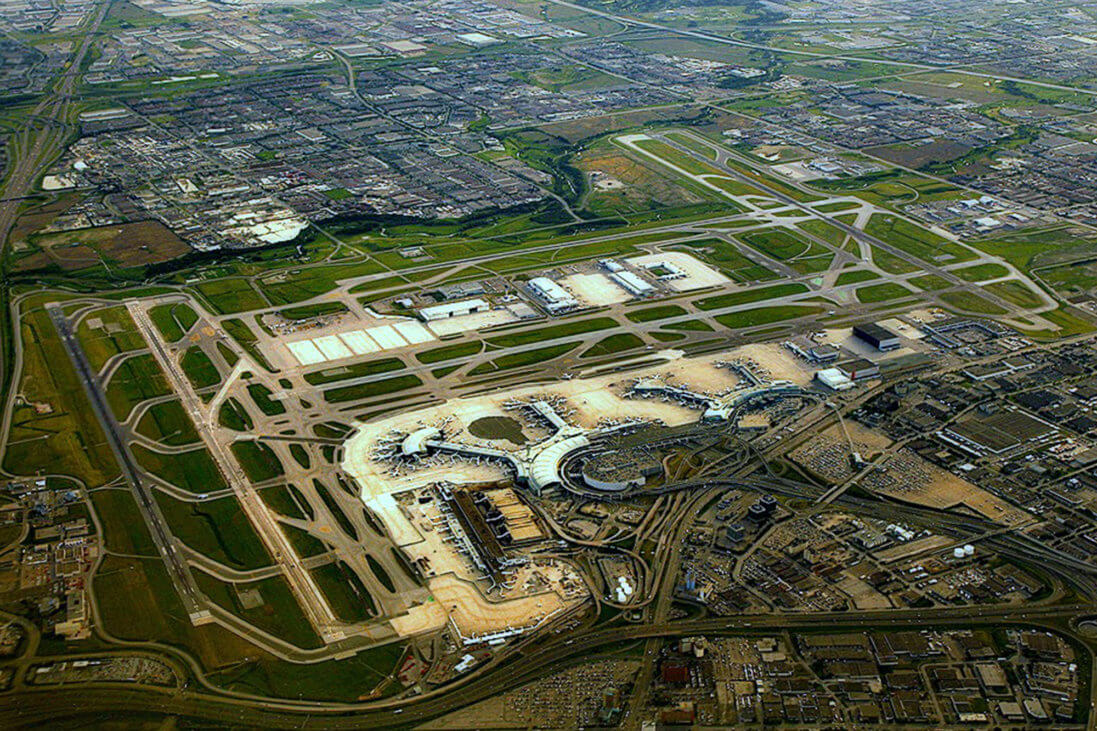
May 30, 2019
The Canadian Industry Noise Management Board, in cooperation with NAVCANADA, recently published “Quieter Operations: A Guide for Pilots and Controllers,” detailing recommended operating techniques and newly designed arrival procedures to reduce noise at Toronto Pearson International Airport (YYZ).
John Harpool, North America lead for the NBAA International Operators Committee, said the document represents a “tactical” approach to noise reduction. “The aviation world continues to evolve, and we’ll likely see similar noise mitigation efforts at large North American airports as populations continue to encroach upon once-rural airfields,” he added.
Harpool identified three components to the YYZ noise reduction guidelines. The first, continuous descent operations (CDO) from top of descent at cruise altitude to the bottom altitude of the arrival procedure, minimizes level flight segments and resulting throttle variances. “Many commercial and business aviation operators flying advanced aircraft already fly CDO for efficiency purposes when allowed,” he said.
Efficiency also plays a role in the second aspect of the Canadian guidelines. Low power/low drag operations, applicable from the bottom of the arrival procedure to within a few miles of the final approach fix, further reduce noise from aircraft engines, flaps and landing gear when operating near the airport.
Lastly, dedicated night approach procedures help steer arriving aircraft away from neighborhoods abutting YYZ. These procedures may add distance to arrivals to avoid densely populated residential areas, and Harpool noted their use will depend upon relatively low traffic levels.
“These voluntary guidelines emphasize maintaining the aircraft in a clean and quiet configuration as long as safely possible and require pilots and air traffic control to operate together and in good faith,” he added.
Flight crews must always comply with published speed and altitude crossing restrictions on their cleared approach. Harpool also emphasized that pilots must never compromise safety when attempting to abide by voluntary noise restrictions.
“There is no punitive action for inability to comply with quiet ops,” he concluded. “While such initiatives may bring some measure of additional complexity, the reality is that many operators already employ these techniques on a regular basis. If we’re flying quietly, we’re also likely flying efficiently.”


 International Business Aviation Council Ltd.
International Business Aviation Council Ltd.